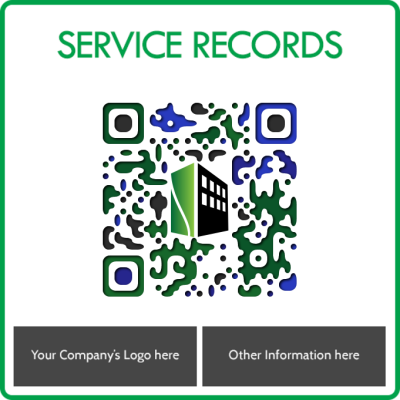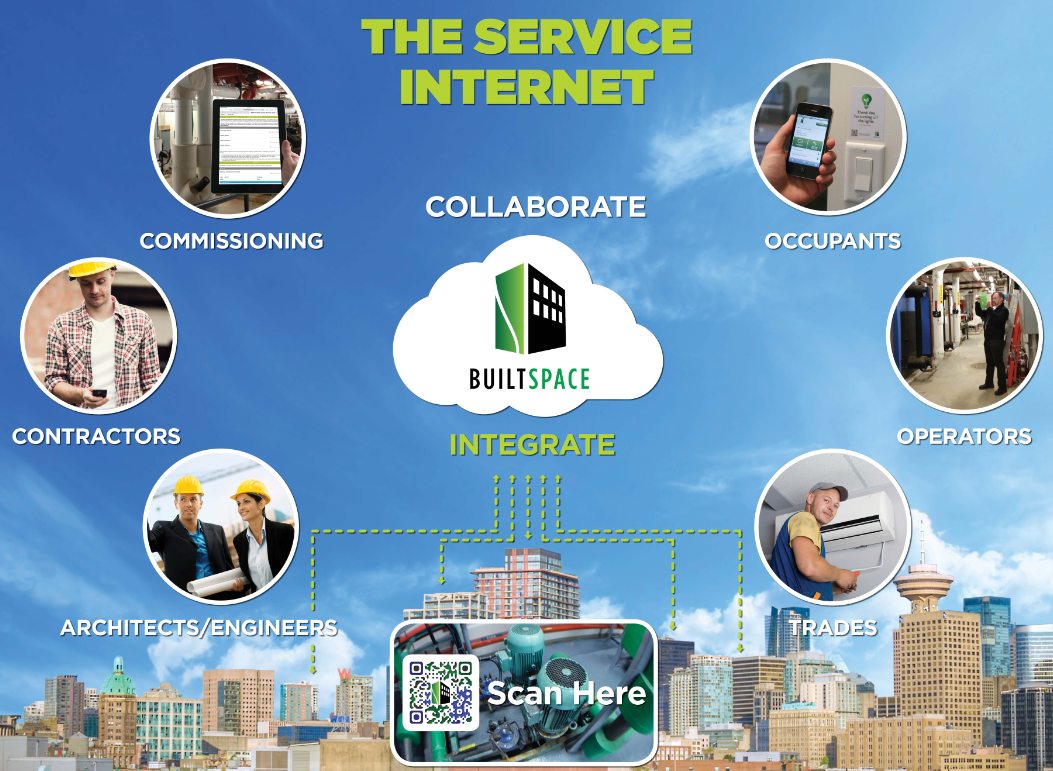Why 57% of Computerized Maintenance Management Systems (CMMS) fail (and how to fix them)
Many facilities managers have implemented Computerized Maintenance Management Systems (CMMS) or Enterprise Asset Management (EAM) tools to help track building operations and maintenance, yet according to CMMSCity , 57% of facilities managers surveyed reported that these systems have not delivered the desired ROI.
A Computerized Maintenance Management System (CMMS) or Enterprise Asset Management (EAM) System is designed to manage maintenance transactions the same way an Accounting Information Management System manages financial transactions. In the case of maintenance, the transactions are work orders instead of invoices. Source: CMMSCity
So why has the industry been so disappointed with CMMS, and does it hinder, rather than help, operations and maintenance activities?
CMMS/EAM systems have evolved from the accounting disciplines to schedule preventative maintenance and track maintenance (primarily labour) costs in facilities. While the ideal process would be to maintain records which track costs for each piece of equipment, it is difficult to get field technician to maintain the adequately detailed records required, and the administrative staff to reliably and accurately re-enter the data in the CMMS. Maintaining current and accurate asset information and service history is even more challenging when third party service contractors are used.
The primary purpose of a CMMS/EAM is, as described above, to record maintenance transactions, not to support efficient operations and maintenance processes, or to manage building performance improvement. If maintenance is not completed, or completed by outside contractors, it often doesn’t get recorded and the CMMS fails to provide accurate data. Finally, CMMS are designed to measure costs, not to manage operational processes or changes which may provide an ROI.
Requirement for Operational Asset Management (OAM)
CMMS fundamentally doesn’t support the operational information needs of the O&M team. Few operators would go to their CMMS for help to understand a comfort complaint. That system will not generally tell the operator which zone the complaint originates in. CMMS doesn’t report current building conditions, to allow an operator to validate the issue. It doesn’t which equipment may be involved or the service history of that equipment, nor does it understand how many other occupants are potentially affected by the issue. The CMMS does nothing to let the operator communicate with occupant to acknowledge and respond to the problem. Finally, the CMMS doesn’t provide on-site (or even remote) access to equipment specific documentation which will help to quickly assess and resolve the issue.
Facilities operators are responsible for managing buildings full of equipment and need information about how people use the building, how the equipment is designed to operate, and equipment condition with service history. Preventative maintenance scheduling, a core functionality of CMMS, may initiate a maintenance transaction on schedule, but generally fails to record both the actual work completed, and current equipment condition.
The O&M team needs a practical, operational asset management system that allows managers to systematically and quickly make informed operational and financial decisions. about individual assets and components, to respond quickly to issues, and finally, to accurately, and economically record and document work completed. For an effective, practical asset management system, individual equipment and components need to be uniquely identified across stakeholder groups. All inspections, documentation, service history and costs associated with each component must be consistently and accurately recorded against the unique asset identifier, whether the work is done by in-house staff or third party service contractors. This information must then be made available to field (in-house and third party) operations in order to allow issues to be efficiently resolved. All equipment service history must be updated in real time, without further data entry or validation by administrative staff.
How do we transform current CMMS workflows into a practical operational asset management system, that meets the needs of both operations and financial stakeholders?
Integrating OAM and CMMS/EAM
First, the good news. Most CMMS systems offer comprehensive data management capability, and many are “open architecture”, which means that they offer full integration capabilities, and are often themselves integrated with enterprise financial systems. We don’t recommend that you abandon your EAM. We want to help you improve it.
Now t he bad news. Unfortunately much of the work done in buildings will be completed by people that have no access to the CMMS/EAM. Without an OAM, work completed is either handed over for data entry after the fact (at a high admin cost), or never entered at all.
he bad news. Unfortunately much of the work done in buildings will be completed by people that have no access to the CMMS/EAM. Without an OAM, work completed is either handed over for data entry after the fact (at a high admin cost), or never entered at all.
For an effective OAM solution we need to both give people access to the system, and make it absolutely simple to use, for all stakeholders, including building occupants, field staff and third party service contractors. Allowing them access to the CMMS is probably not the right solution.
Adding to the complexity, third party service providers typically maintain their own work order systems and have little interest in using a customer’s CMMS instead of their own within specific buildings. In most facilities multiple vendors provide different trades services across the portfolio. An effective OAM allows each to integrate once and collaborate with all stakeholders as required, while integrating once.
An operational asset management system is on-site, location specific, using machine readable asset tags and Smart phones and tablets, supported by a collaborative facilities management platform that creates directly connects people and process to the physical buildings that they occupy and maintain. Maintenance transactions are entered once, whether by in-house staff, building occupants, or third party service providers, and routed to the appropriate people and systems to ensure that each stakeholder securely completes their transaction workflow.
The goal is to improve processes, and that may mean integrating your existing CMMS or EAM with your service partners through The Service Internet, BuiltSpace’s collaborative operational asset management system.
The Service Internet delivers collaborative operational asset management
 To maintain accuracy and efficiency, maintenance transactions should be entered once, as simply as possible, and shared with everyone that needs to know. The interface must be extremely easy to use, and intuitive. In the case of third party service providers, the service records must be made available to both the building owner and the originating vendor, electronically transferable to existing service management systems for both parties.
To maintain accuracy and efficiency, maintenance transactions should be entered once, as simply as possible, and shared with everyone that needs to know. The interface must be extremely easy to use, and intuitive. In the case of third party service providers, the service records must be made available to both the building owner and the originating vendor, electronically transferable to existing service management systems for both parties.
The Service Internet creates a “virtual building” hub or marketplace which allows facilities teams, third party service contractors and even building occupants to locate specific assets within a building and electronically initiate or complete a maintenance transaction. A machine readable asset tag located on each piece of equipment provides a universal identifier which uniquely identifies the equipment for all stakeholders, and ensures accurate, real-time capture of all operations and maintenance activities, with little or no data entry.
The Service Internet securely manages access to building information at the building, space, asset, or even individual document level. Each stakeholder receives access, by invitation, only to the buildings, and building information, that they need to see.
Integrate Once, Connect with all
A single integration between The Service Internet and enterprise financial, property, service, and asset management systems like Maximo, Yardi or PeopleSoft, allows electronic data exchange while securely protecting sensitive enterprise information on all sides.
So, what does this mean to facilities managers? Gathering quality information with traditional work order and maintenance management processes and systems like CMMS is simply too expensive. BuiltSpace changes the game with The Service Internet. We help you change your operational processes to collect better information at less cost. That leaves more room in your budget to implement further efficiency measures, and the building knowledge required to understand where those savings can be found.
The Service Internet changes everything. Find out more at BuiltSpace.com
